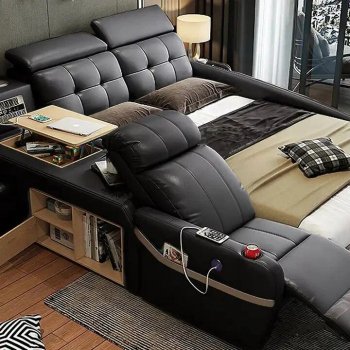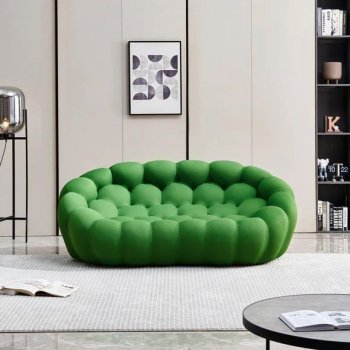Common Color Mistakes That Make Your Living Room Feel Smaller and How to Fix Them

The colors in your living room play a crucial role in setting the ambiance of your home. Certain color choices can create a cozy atmosphere, while others can unintentionally make the space feel cramped and uninviting. Here, we will explore seven common color mistakes that can reduce the perceived size of your living room and offer solutions to open it up. From paint colors to furniture choices, these tips will help you maximize your space and create a more welcoming environment.
Overusing Dark Colors
Dark colors like deep blues, blacks, and dark grays add sophistication. However, when overused, they can make a room feel significantly smaller. Dark walls absorb light rather than reflect it, creating a closed-in sensation.
Instead of making dark colors the primary shades, consider using them as accents. For instance, paint one wall in a darker hue to create depth without overwhelming the room. Pair it with lighter neutral tones, like beige, soft gray, or pastel shades, to reflect light and maintain an open feel.
Ignoring Contrast
Using a single color for walls, floors, and furniture may seem cohesive. Still, it often results in a monotonous and small-feeling room. Without any contrast, the eye lacks a clear focal point, making the space appear flat and confined.
Introduce contrast by mixing light and dark colors or incorporating accent pieces. For example, if your walls are light-colored, adding darker furniture or bold accent decor can enhance visual interest and create a sense of depth, making the room appear more spacious.
Using Too Many Bold Patterns
While patterns can add character to a living room, an excess of bold designs can become visually overwhelming and make the room feel chaotic and smaller. Large-scale patterns on walls, rugs, or curtains can crowd the space.
To achieve balance, please stick to one or two patterned items and complement them with solid, neutral pieces. For instance, if you have a patterned rug, keep the rest of the room’s colors and decor subdued. This approach will help the space feel more significant and more harmonious.
Opting for Dark Ceilings
Painting the ceiling dark may seem trendy, but drawing the eye downward can make the room appear shorter and smaller. A dark ceiling often encloses the space, especially in rooms with low ceilings.
Instead, use a light, neutral ceiling color, such as white, cream, or a pale pastel shade. Light-colored ceilings reflect more light, creating an illusion of height and making the room feel more open.
Using Warm Colors Excessively
Warm colors like reds, oranges, and yellows are vibrant and inviting but can become overpowering in small spaces. While these colors can create a cozy atmosphere, overusing them may make the room feel smaller and busier.
Limit warm colors to accents rather than making them the primary palette. Consider using cooler tones, such as soft blues, greens, or even neutrals, to create a calming environment that feels more spacious. Incorporate warm colors in pillows, throws, or art pieces to add warmth without overwhelming the room.
Having Mismatched Furniture Colors
Different furniture colors can provide interest, but too many contrasting shades may create a disjointed and cluttered look. When every piece of furniture is a different color, it can be hard for the eye to find balance, leading to a cramped appearance.
Aim for a cohesive color scheme with your furniture. Select complementary colors or similar tones to achieve a unified look. This doesn’t mean every piece must match exactly, but staying within a limited color palette fosters a smoother flow and makes the room feel more open.
Ignoring Natural Light in Color Selection
One of the most significant mistakes is overlooking how natural light influences the colors in your room. Colors can appear vastly different under various lighting conditions. You might choose a shade that unexpectedly darkens space without considering natural light.
Always test paint colors or fabric swatches in your living room’s natural light before making a final decision. Lighter colors generally work best in small spaces, reflecting light and creating an illusion of size. If your room has limited natural light, consider adding more artificial lighting to brighten it up.
Creating a spacious and inviting living room is all about balance. Selecting the right colors and avoiding common color mistakes can make your living room feel larger and more comfortable. Minor adjustments, such as a fresh coat of paint, a change in decor, or simply rearranging furniture, can make a significant difference in the overall feel of your space.


















Leave a comment